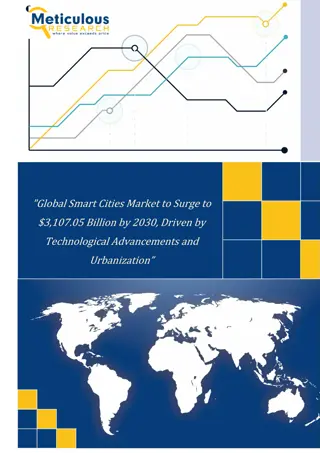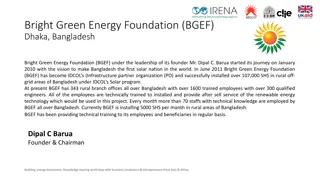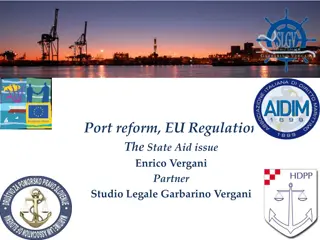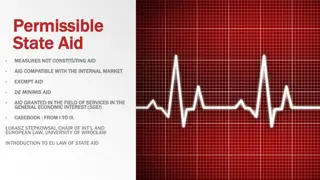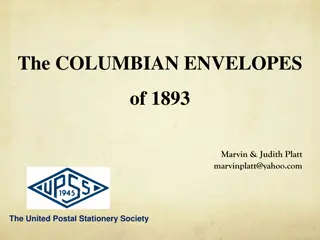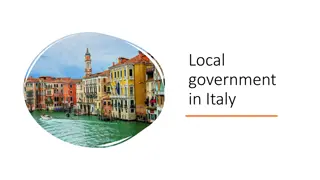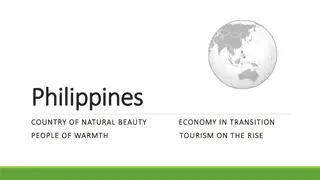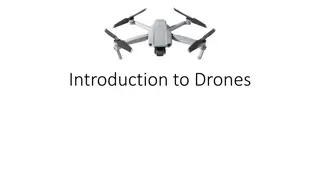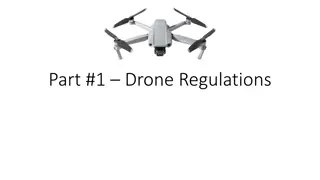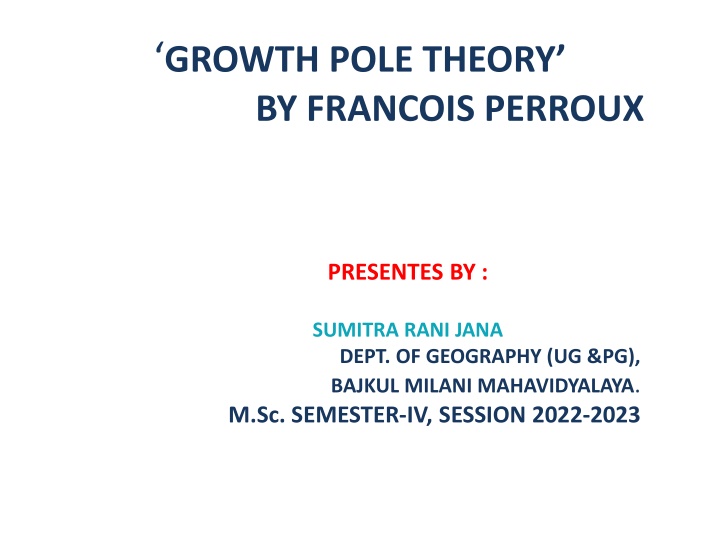
Growth Pole Theory by Francois Perroux
Explore the Growth Pole Theory by Francois Perroux, which highlights the concept of economic development around specific poles or clusters of industries, stimulating growth through core industries and inter-industrial linkages. Learn about the central idea, concept, and main themes of this theory. Discover how growth poles can influence economic development within regions.
Download Presentation

Please find below an Image/Link to download the presentation.
The content on the website is provided AS IS for your information and personal use only. It may not be sold, licensed, or shared on other websites without obtaining consent from the author. If you encounter any issues during the download, it is possible that the publisher has removed the file from their server.
You are allowed to download the files provided on this website for personal or commercial use, subject to the condition that they are used lawfully. All files are the property of their respective owners.
The content on the website is provided AS IS for your information and personal use only. It may not be sold, licensed, or shared on other websites without obtaining consent from the author.
E N D
Presentation Transcript
GROWTH POLE THEORY BY FRANCOIS PERROUX PRESENTES BY : SUMITRA RANI JANA DEPT. OF GEOGRAPHY (UG &PG), BAJKUL MILANI MAHAVIDYALAYA. M.Sc. SEMESTER-IV, SESSION 2022-2023
INTRODUCTION : Growth pole refers to the concentration of highly innovative and technically advanced industries that stimulate economic development in linked businesses and industries. This concept was first introduced by French regional economist Francois Perroux in 1950 based on Schumpeterian theory of development and theory of inter industrial linkages and industrial interdependence, was further sharpened in following publications, and finally evolved into an idea that came to take on a meaning rather different from the one posited by Perroux. Phenomena of economic development with the process of structural change. He attempted to explain how the modern processes of economic growth deviates from the stationary concepts.
CONCEPT: According to Perroux, Growth does not appear everywhere and all at once, it appears in points or development poles, with variable intensities, it spreads along diverse channels and with varying terminal effects to the whole of the economy . NH based growth Growth can be divided on the basis of economic space. Homogeneous Nature Economic Plan Force which communicate within the element Economic Space has
MAIN THEME: The central idea of the growth poles theory is that economic development, or growth, is not uniform over an entire region, but instead takes place around a specific pole (or cluster). This pole is often characterized by core (key) industries around which linked industries develop, mainly through direct and indirect effects. Core industries can involve a wide variety of sectors such as automotive, aeronautical, agribusiness, electronics, steel, petrochemical, etc. Direct effects imply the core industry purchasing goods and services from its suppliers (upstream linked industries), or providing goods and services to its customers (downstream linked industries). Indirect effects can involve the demand for goods and services by people employed by the core and linked industries supporting the development and expansion of economic activities such as retail.
MAIN BASE OF HIS THEORY: Theory of Development Growth is not seen everywhere it is seen in the form of cluster or agglomeration. Inter-Industrial Linkages The area where industries are set up will be having some sort of linkages. T-Shirts, Jeans cotton cloth
IMPORTANT FEATURES OF PERROUXS GROWTH POLE THEORY Dynamic Propulsive Firm Leading propulsive Industry Linkages (Forward or Backward)
CHARACTERISTICS OF A DYNAMIC PROPULSIVE FIRM: It is relatively large It has high ability to innovate Belongs to a relatively fast growing sector. The quality and intensity of its interrelations with other sectors of the economy are important enough for the induced effects to be transmitted to them. Fig.: Growth pole, Growth centre and Growth point: Forward and Backward Linkages Growth point Growth pole Growth Centre
CHARACTERISTICS OF A LEADING PROPULSIVE INDUSTRY: Highly advanced level of technology and managerial expertise. High income elasticity of demand for its products. Marked local multiplier effects. Strong inter-industry linkages with other sectors. The linkages created by these industries are of two types: Backward Linkage: An industry encourages investments in the earlier stages of production by expanding its demand for inputs( which are the output of industries in the earlier stages of production) e.g.-sugar Industry Forward linkage: An industry encourages subsequent stages of production either by transmitting innovations on effects of innovations forward centrifugal force is related.
CRITICISM OF THE THEORY: The first problem is the identification and selection of growth pole. If an independent or arbitrary decision is made, the resource base may not be sustainable. The nodal points and growth poles develop because of certain favorable geographical locations and not because of selection of arbitrary sites. The problem of threshold-overlapping. Problem about the sectorial composition of growth pole. Problem of establishment of regional network of firms. Problem of social acceptability. Each of the growth poles may thus lead to new socio-economic and ecological problems.




